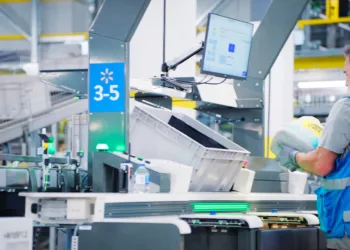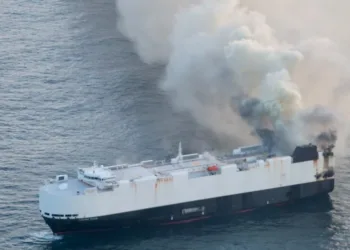Three decades ago, could anyone have foreseen the shape of the shipping industry in 2023? Perhaps some could have. While the emergence of the climate change crisis may have been an unforeseen factor, the industry’s overall trajectory since 1990 has largely followed predictable lines.
In general, ships have grown larger, and there has been significant consolidation, particularly in the container and cruise sectors where size holds paramount importance. The global crewing landscape has evolved as well, now even more internationally diverse than it was in the past. These changes were likely within the realm of predictability.
However, if we were to rewind to 1970, the scenario would be quite different. Despite a few early-generation container ships being in operation, the transformative impact of “box ships” on the shipping world was not widely recognized. Operating steam turbine ships remained economically viable, and cruising was a modest venture for passenger liner companies. National flag shipping lines dominated, though “flag-of-convenience” ships were gaining ground. Traditional ship-owning companies adhered to longstanding trade routes, with examples like the British India Steam Navigation Company still running passenger ship services around the sub-continent.
The early 1970s presented a world vastly dissimilar to today, and few could accurately predict the forthcoming changes and their rapidity.
This comfortable reality took a drastic turn after the oil shocks, ushering in massive and almost unbelievable changes.
Now, as we stand at the juncture of predicting the future, akin to the situations of 1970 or 1990, where do we find ourselves?





















